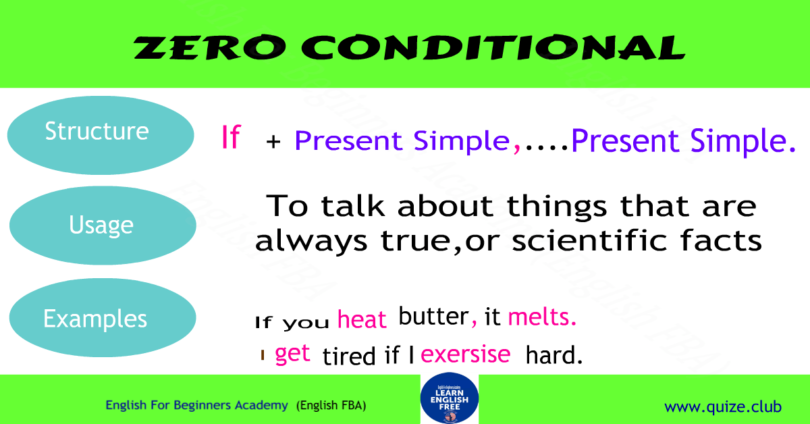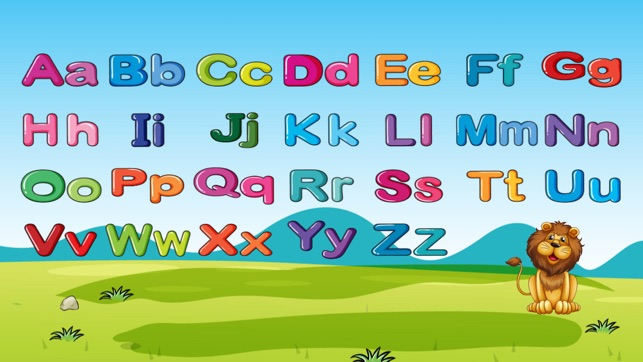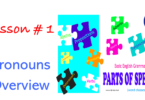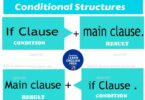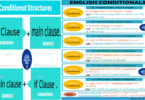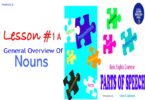Free Lesson:
The Zero Conditional: Structure and Usage
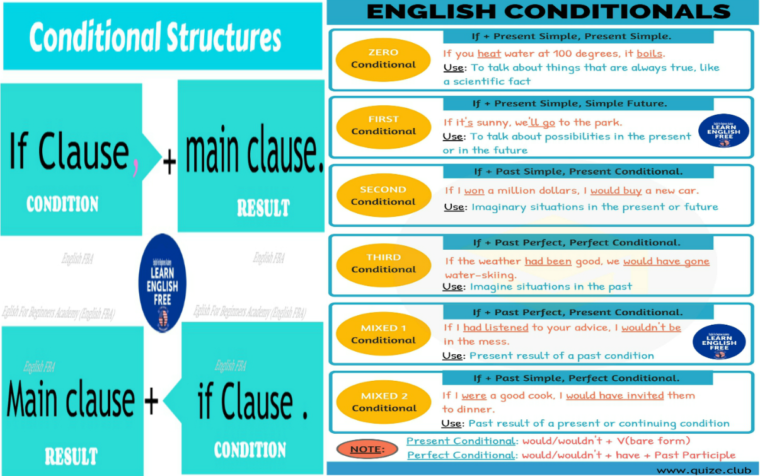
Hello and welcome back to English FBA (English For Beginners Academy).
In Today’s lesson, we will be talking about: The Zero Conditional: Structure and Usage
Objective:
You will learn:
- The structure of the zero conditional.
- When to use the zero conditional.
Introduction
Conditionals can be a challenging and confusing aspect of the English language to grasp. The following sections cover the zero conditional and when to use it in the English language.
The structure of the zero conditional
In the previous lesson, we explained that a”condition” means “situation or circumstance”; and by now, you should already know that conditionals are based on the fact that if a particular condition is true, then a particular result happens.
condition clause (cause) , + result clause (effect)
If +Present Simple, + Present Simple
Example:
- If you heat butter, it melts. ( here the condition is ‘heating’ and the result is ‘melting’.
When do we use the zero conditional?

Let’s analyze the same example :
- If you heat butter, it melts.
| if | condition | result |
| Present Simple , | Present Simple | |
| If | you heat butter, | it melts. |
The sentence says that the butter melts after being exposed to heat, which is a general fact. You won’t be surprised when you see this result because it is a scientific fact that everybody knows.
Great, so now we can conclude that :
- The zero conditional deals with issues that are always true.
- They can often be thought of as stating a scientific fact.
- The result of the condition is an absolute certainty.
Note!
- The situation is real and possible.
- The important thing about the zero conditional is that the condition always has the same result
- When we use zero conditional, we are not thinking about the future or the past, or even the present. We are thinking about a simple fact.
- We use the Present Simple tense to talk about the condition. We also use the Present Simple tense to talk about the result.
- The zero conditional uses ‘if ‘ or ‘when ‘ and must be followed by the simple present or imperative.
For example:
- If I get up late, I miss my bus.
- When I get up late, I miss my bus.
- I get fat if I eat too much.
- When the baby cries , she needs someone to comfort her.
By: Najat A.
Thank you for reading our post. We hope you learned something new today, please don’t forget to share this article with your friends and family.
SHARE
[Sassy_Social_Share]

